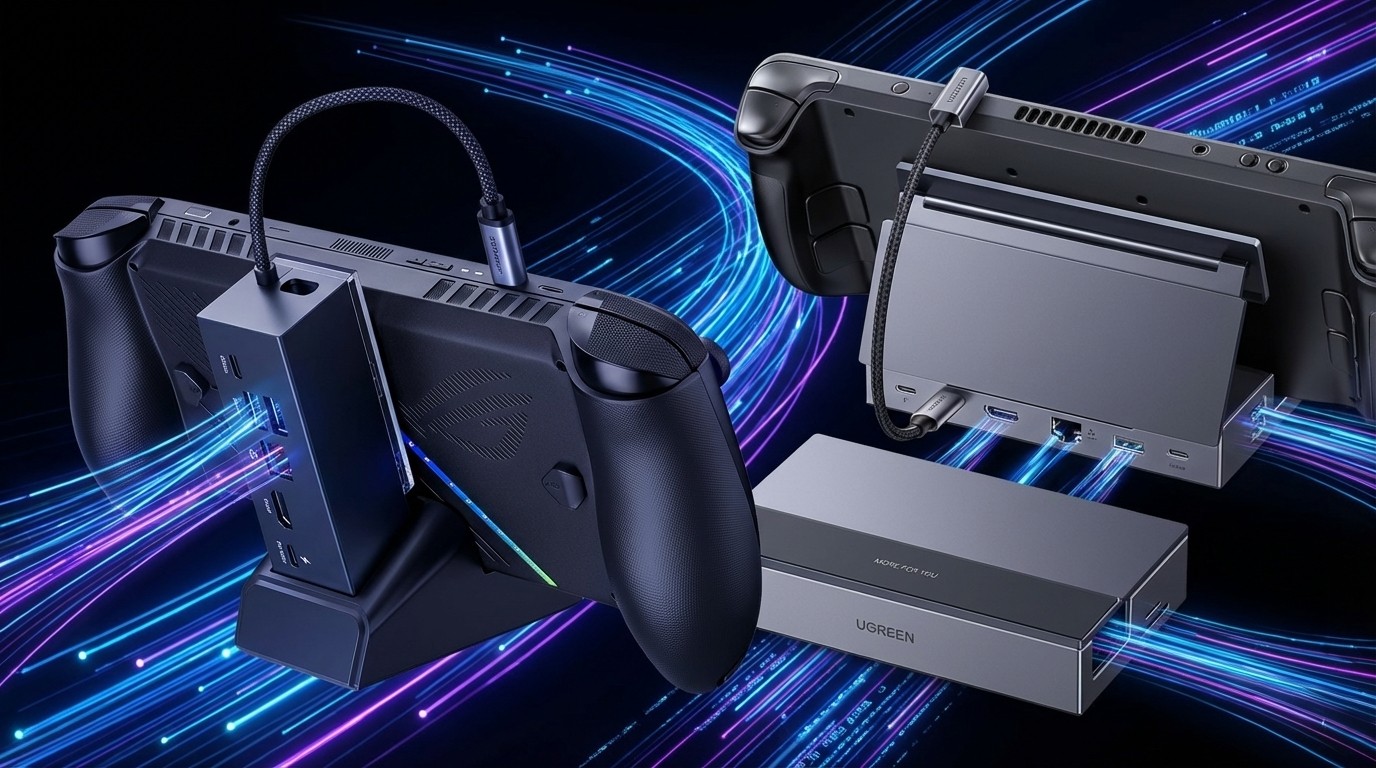Did Microsoft give us a glimpse of its Surface "phone" vision?
Microsoft's ambitious future vision videos may have hinted at the concepts Redmond is exploring for the much-anticipated Surface "phone"!
I use the term "phone" loosely because the name of the coming ultra-mobile Surface PC is yet to be announced. Make no mistake this device will not be a phone, nor will it be positioned as such. Microsoft has been criticized for and has admitted to missing the smartphone phase of mobile personal computing. And they have wisely chosen not to go head to head with market leaders on that front any longer.
The ultra-mobile Surface will benefit from broad ecosystem investments.
2017 marks ten years since Apple introduced the current age of mobile personal computing. Microsoft, out of necessity and vision has been positioning themselves and their diverse ecosystem for the personal computing device that is "beyond the curve." A collage of technologies from holographic computing and HoloLens, 3D content creation, the Universal Windows Platform, AI and bots the Surface line, mixed-reality (the continuum of technology from augmented to virtual reality) and more position Microsoft's ultra-mobile Surface beyond the smartphone.
Will the Surface Phone be a reimagined Surface Mini
Thinking differently
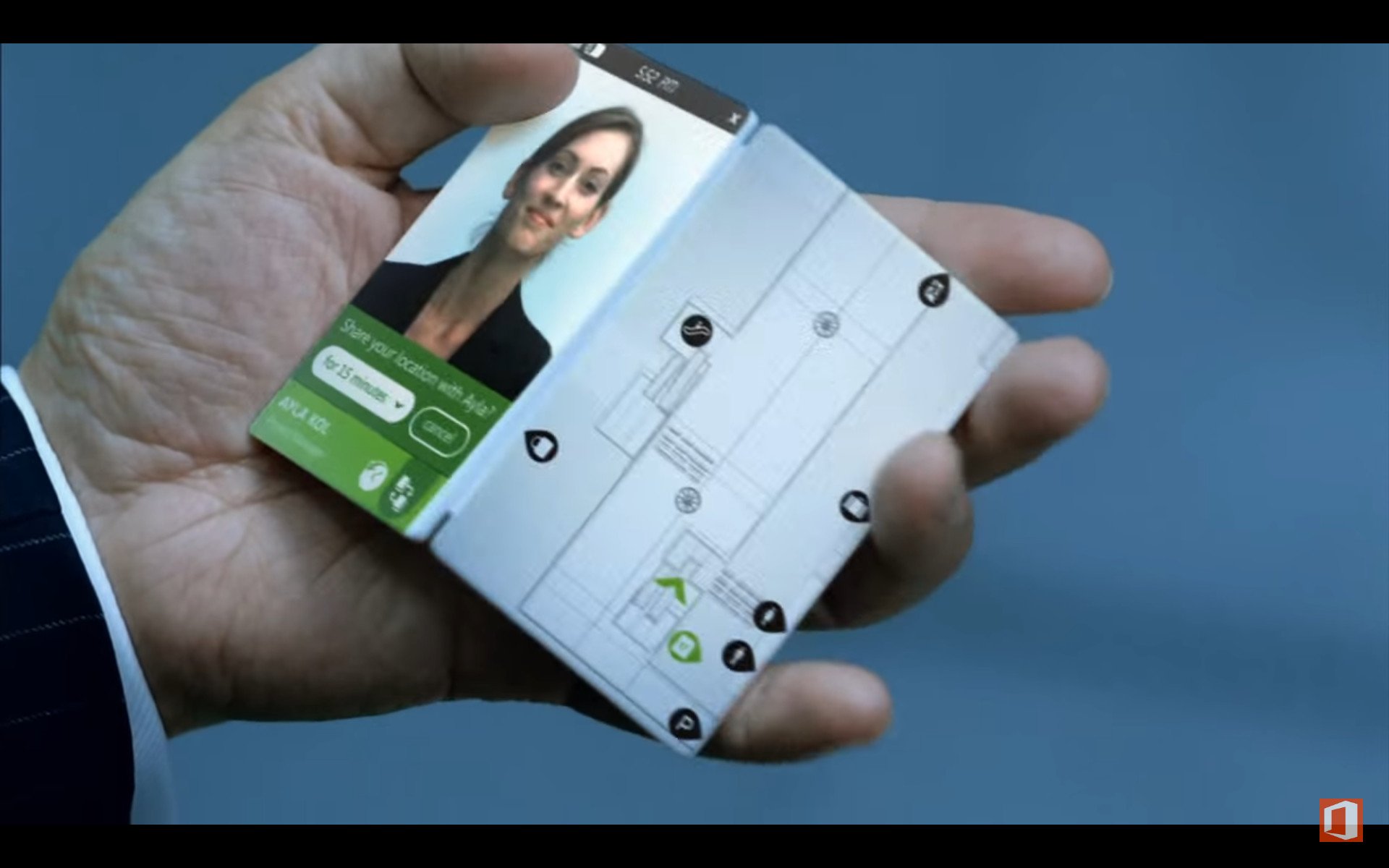
Admittedly, it's hard to conceive of a mobile personal computing device that makes phone calls and is pocketable but is not a "smartphone." When we begin pondering the various functions of such a device we automatically begin to mentally place its features within categories to which we can relate. Often those functions are inevitably laid parallel to analogous functions our smartphones perform. It is the easiest frame of reference after all. Consequently, once that mental picture is complete, what many people see is what they've always seen: a smartphone.
An ultramobile Surface must be seen from a personal-computing-first perspective .
To envision what I believe Microsoft may be planning as an ultra-mobile Surface we must begin with a personal-computing-first (not phone) perspective. We must think more broadly, creatively and we must follow the money. Microsoft's ecosystem investments of AI, bots, holographic computing, mixed-reality, Continuum, digital ink, context sensitive hardware and software and more are part of Redmond's vision of personal computing and the mobility of experiences.
How all of this comes together for a user on portable (and other) hardware admittedly requires imagination. As Redmond has done with much of the technology they've already brought to market, they've supplied us with images that may represent what they envision as an approach to an ultra-mobile Surface. See mark 2:14 in the video below for a possible peek at that vision.
This is a PC first
The concepts Microsoft presents, appropriately begin with viewing the device as a PC first, not a phone.
All the latest news, reviews, and guides for Windows and Xbox diehards.
Phone calls rank sixth in smartphone activity.
As phone use ranks sixth for smartphone users in one study when compared to personal computing usage, a PC-first perspective allows for a unique and creative approach to hardware form factor design.
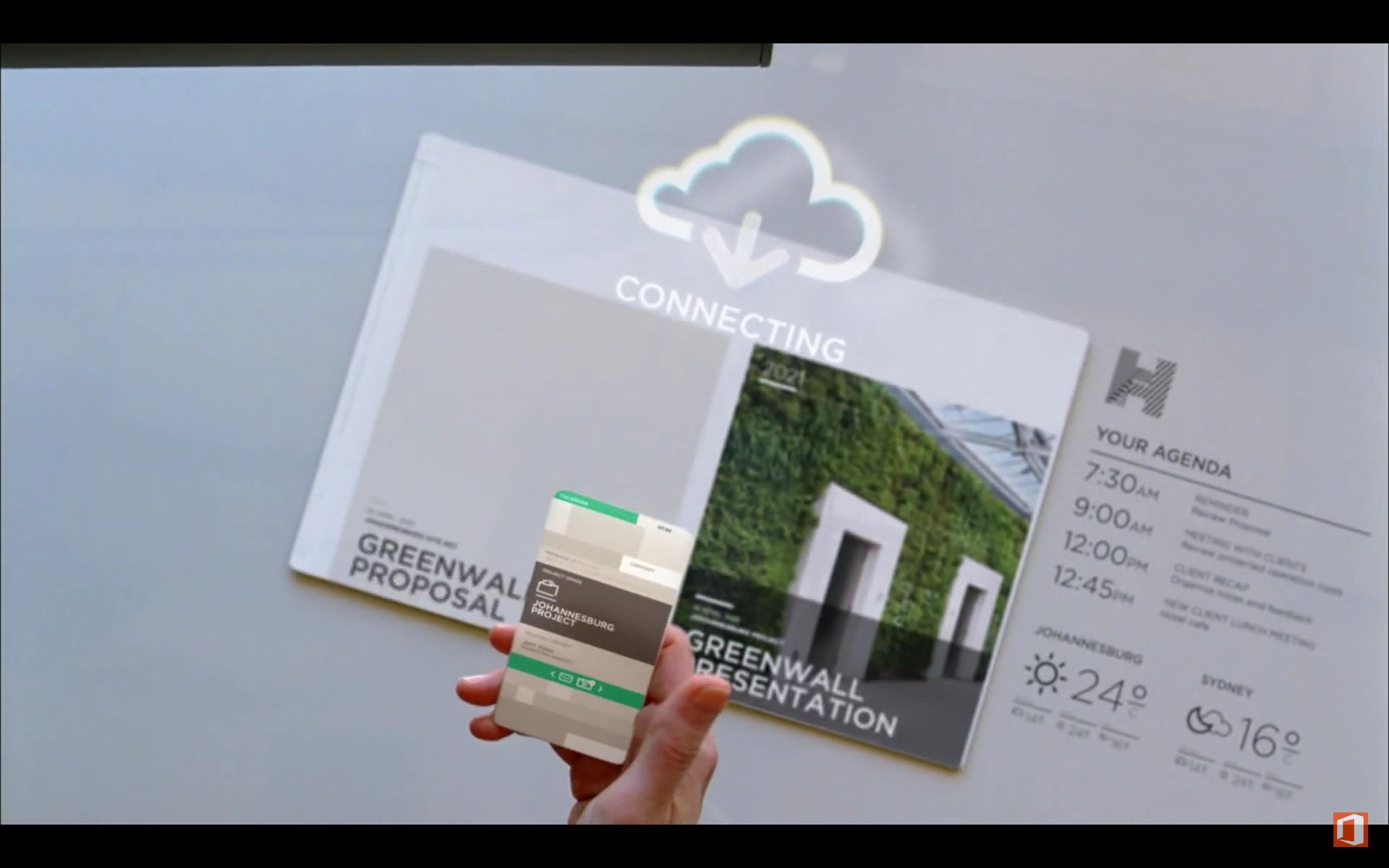
Microsoft's Executive Vice President of Windows and Devices, Terry Meyerson, lends further support to this outlook:
Technically, there are really two things that are unique about Windows Mobile. One is cellular connectivity and the other one is the ARM processors....both...have a role in the technical landscape of the future.So we're going to continue to invest in ARM and cellular. And while I'm not saying what type of device...we'll see devices there, Windows devices, that use ARM chips...we'll see devices that have cellular connectivity.
What Myerson was comfortable officially sharing is that there will be future Windows devices based on ARM that will have cellular connectivity. This confirmation coincides with my previous analysis as well as Microsoft's vision for the future.
A picture is worth a thousand words
The following images taken from Microsoft's future vision videos give an idea of foundational concepts Microsoft may be considering for the ultra-mobile Surface.
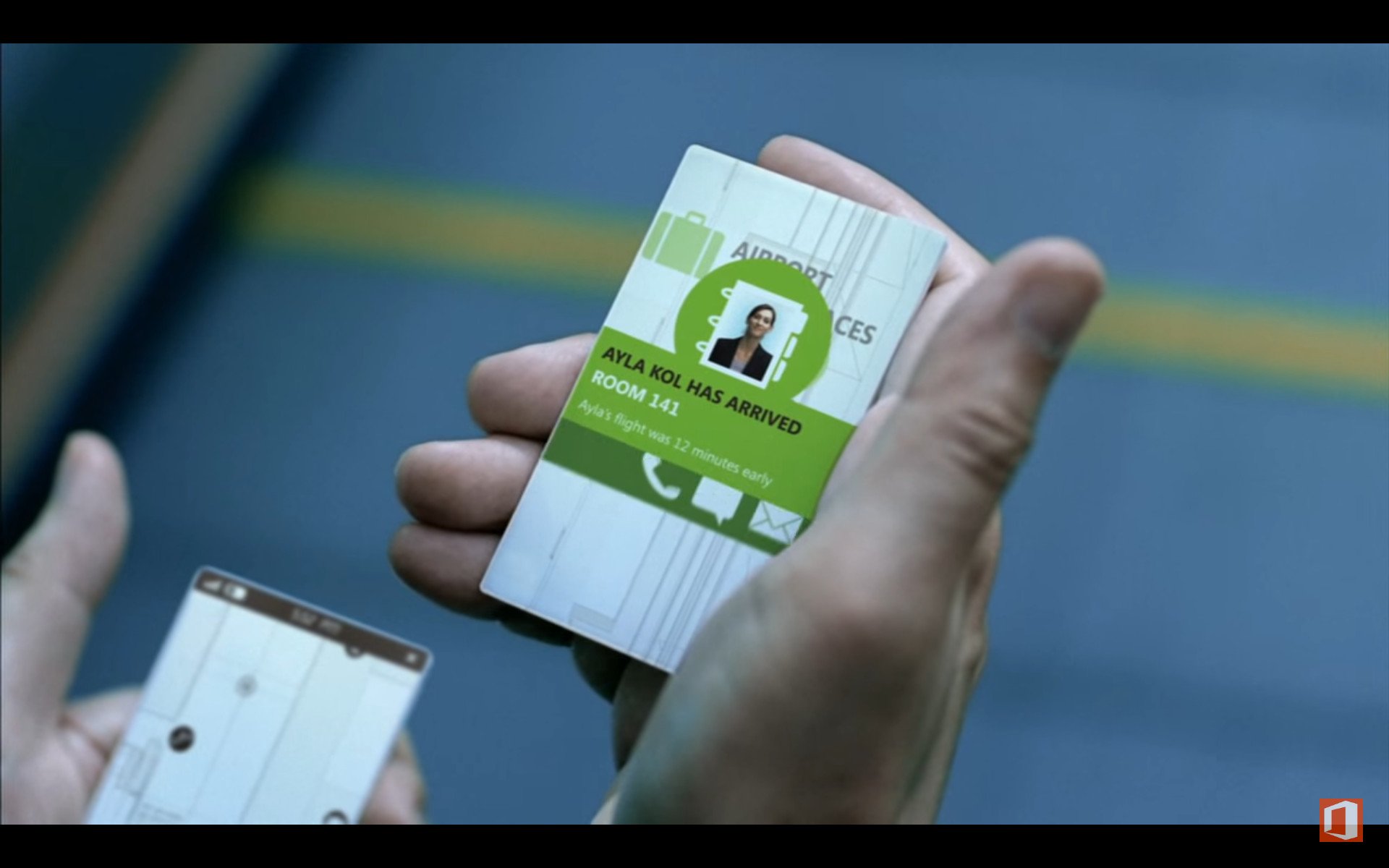
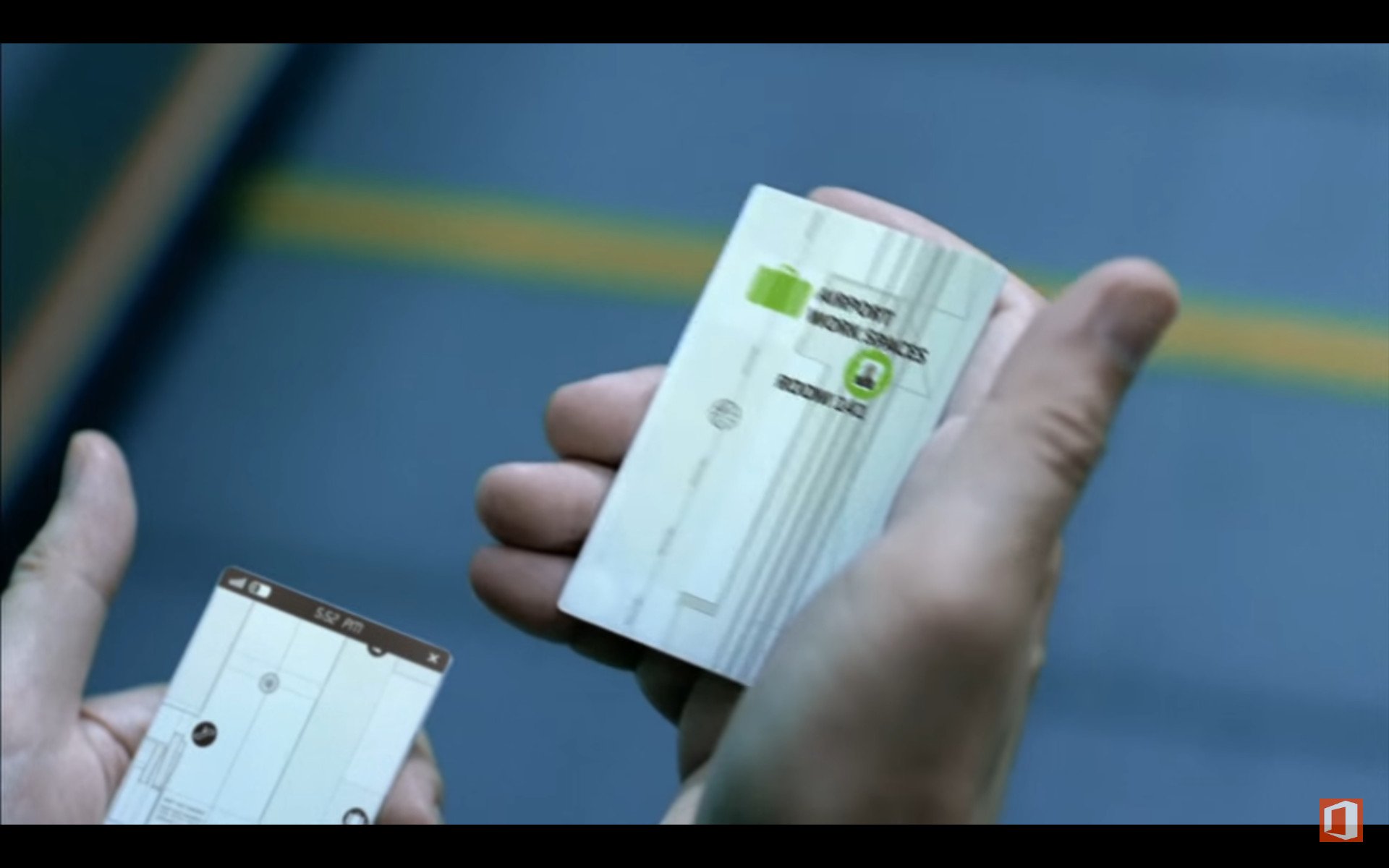
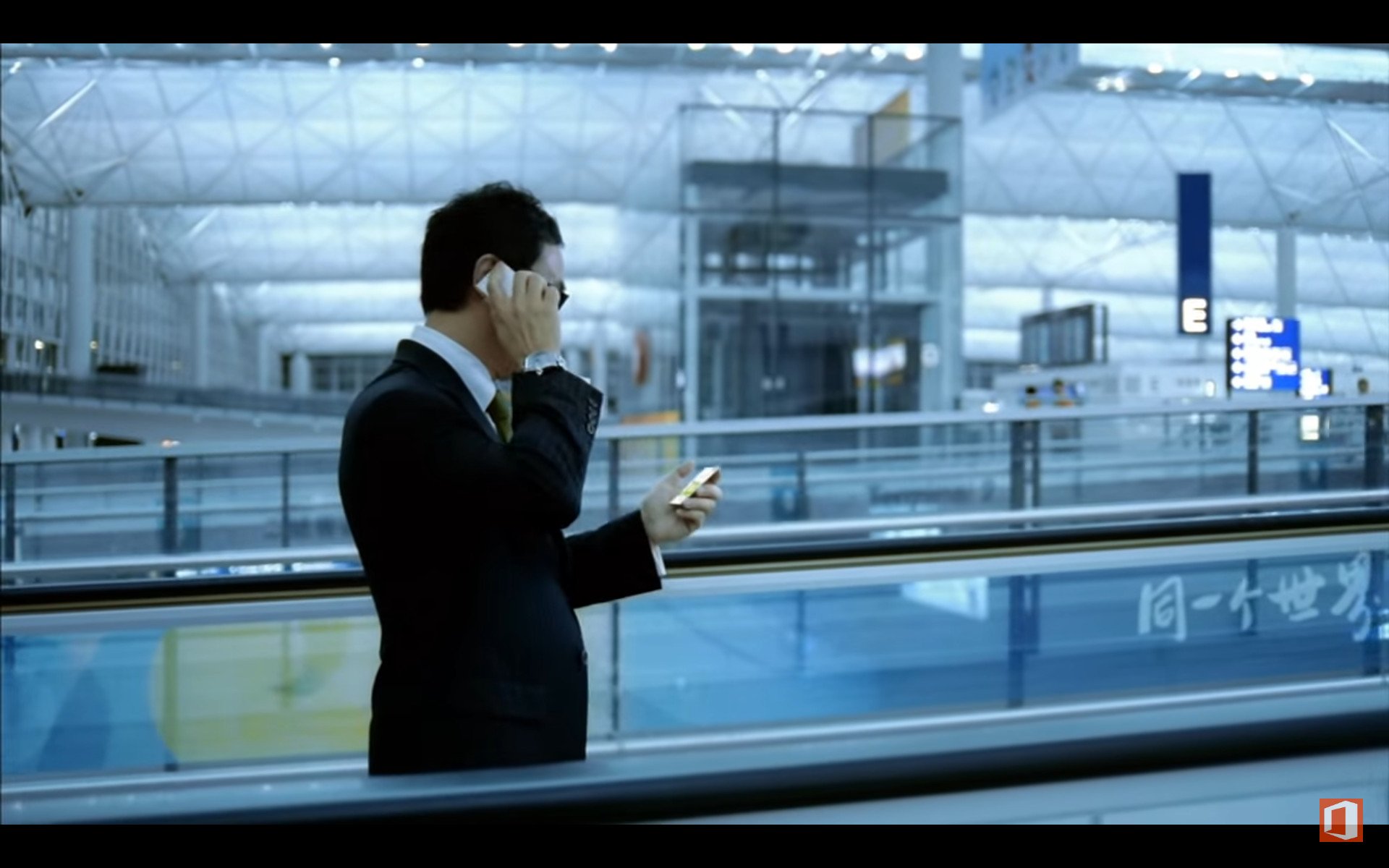
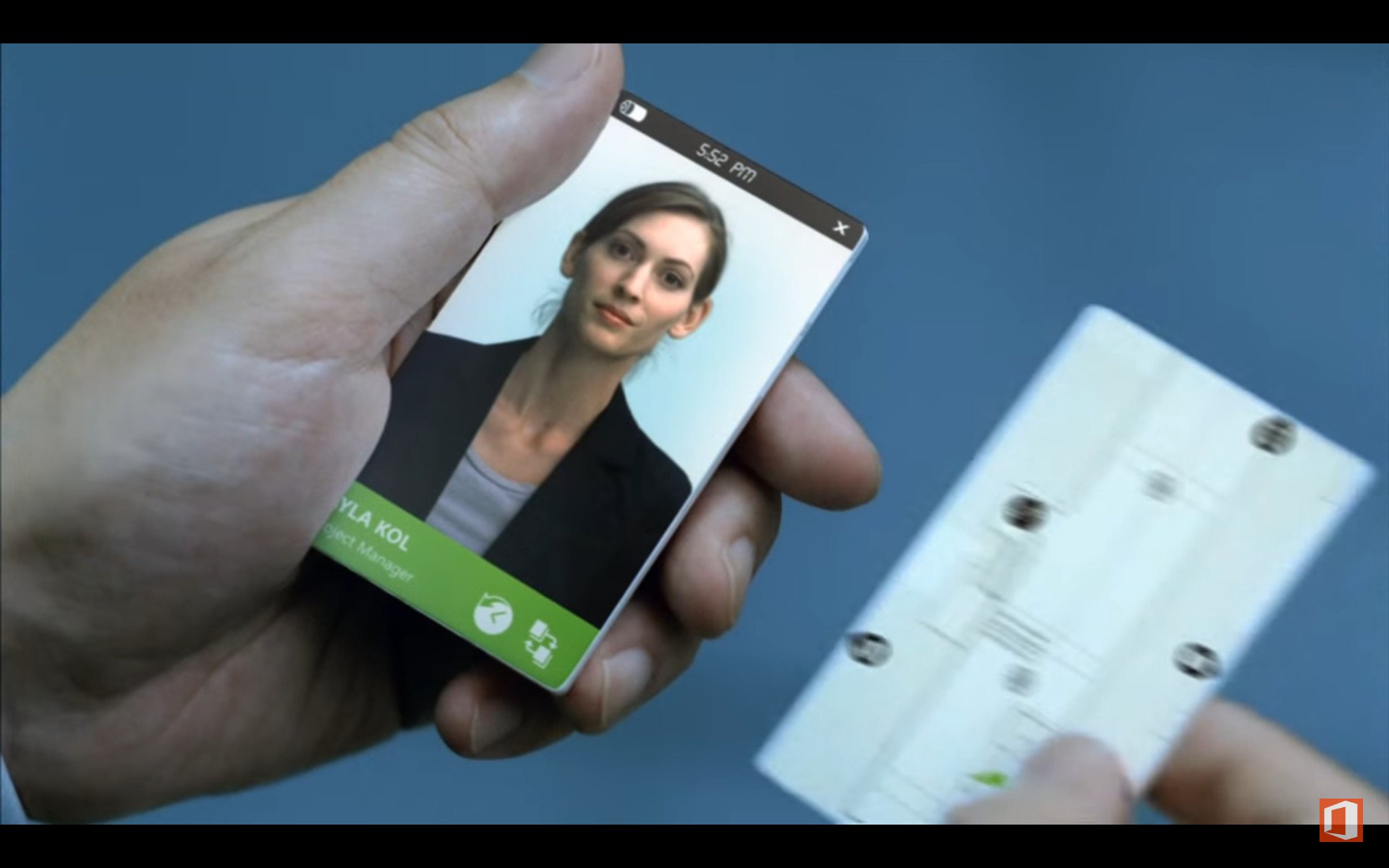
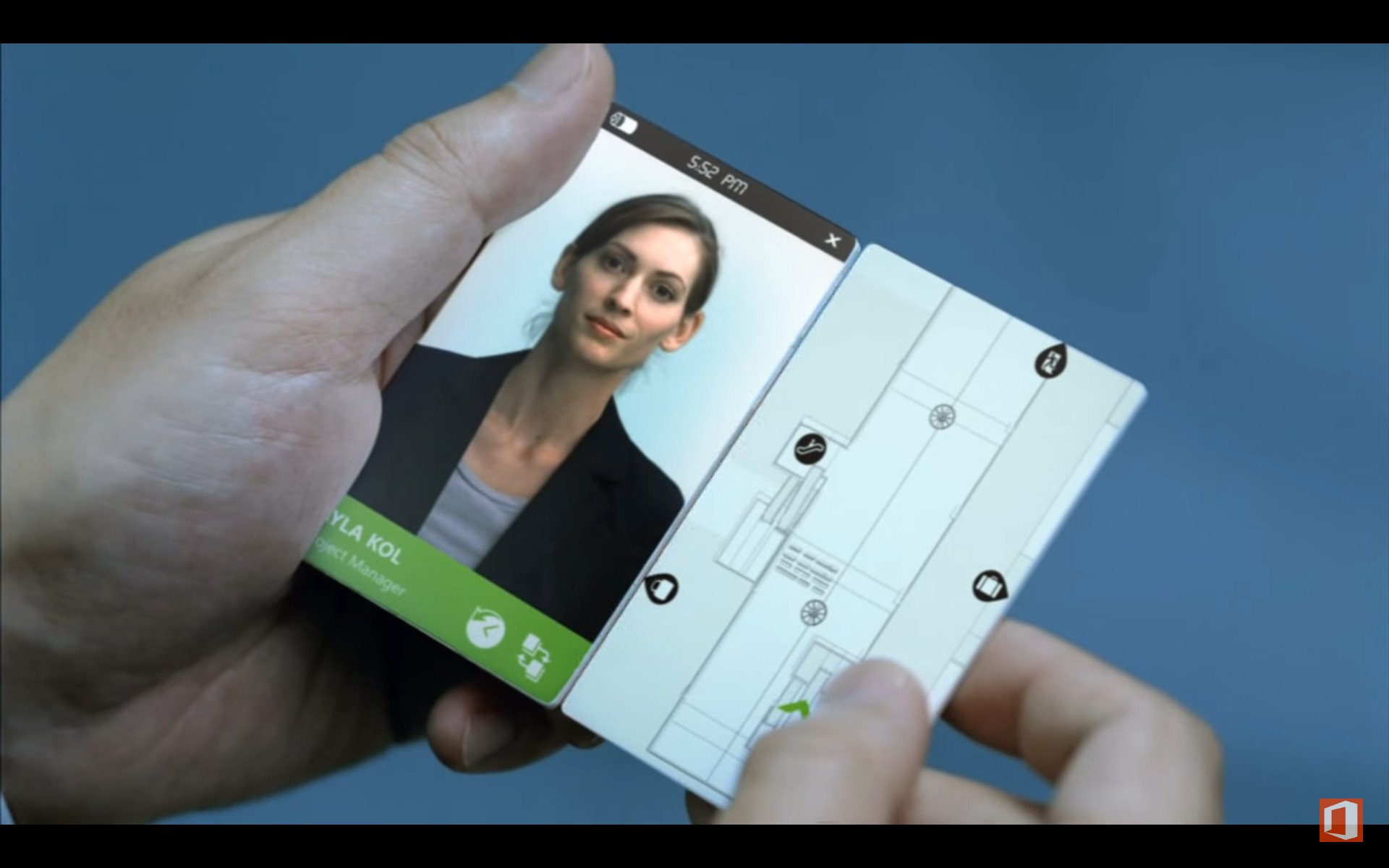

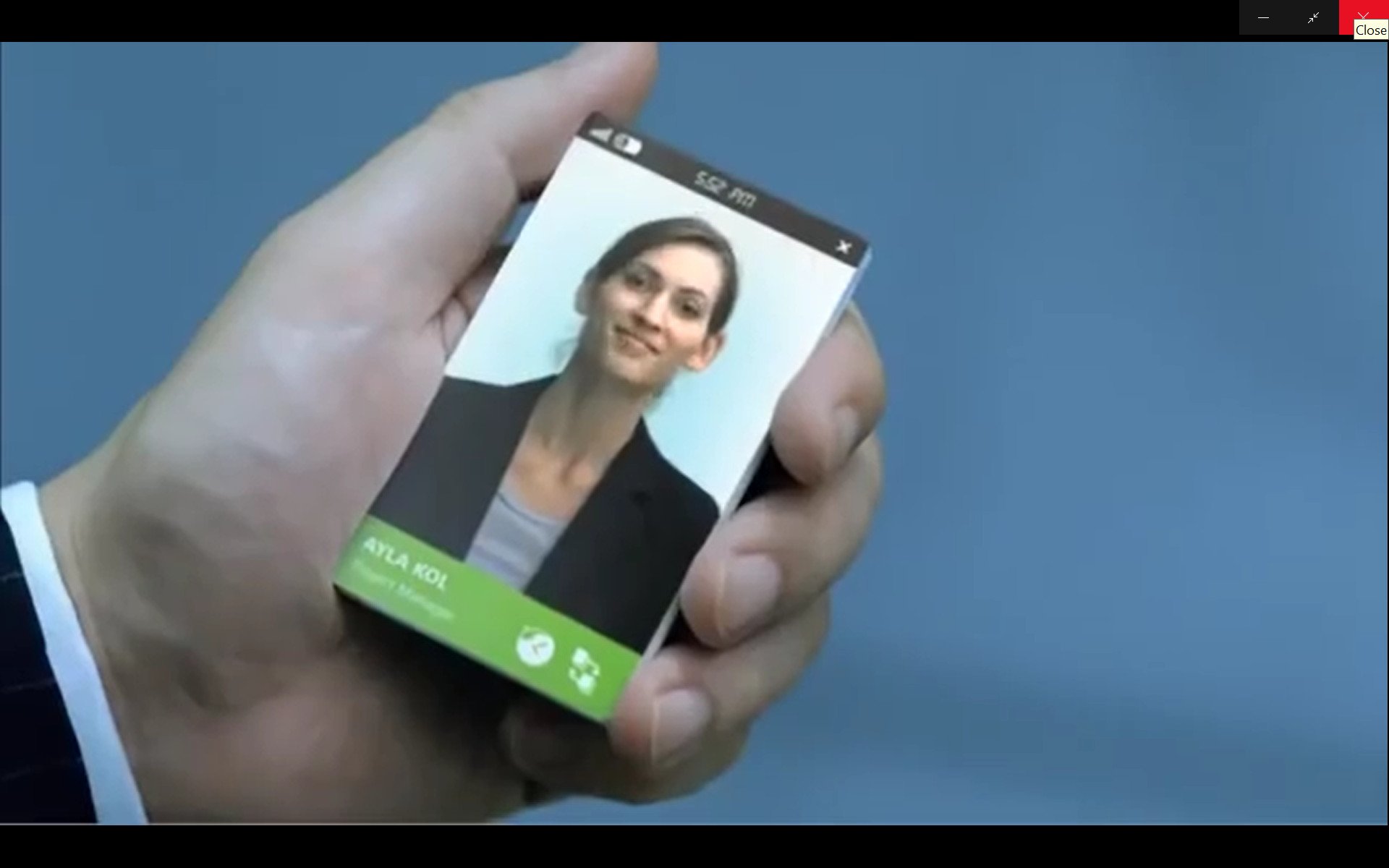
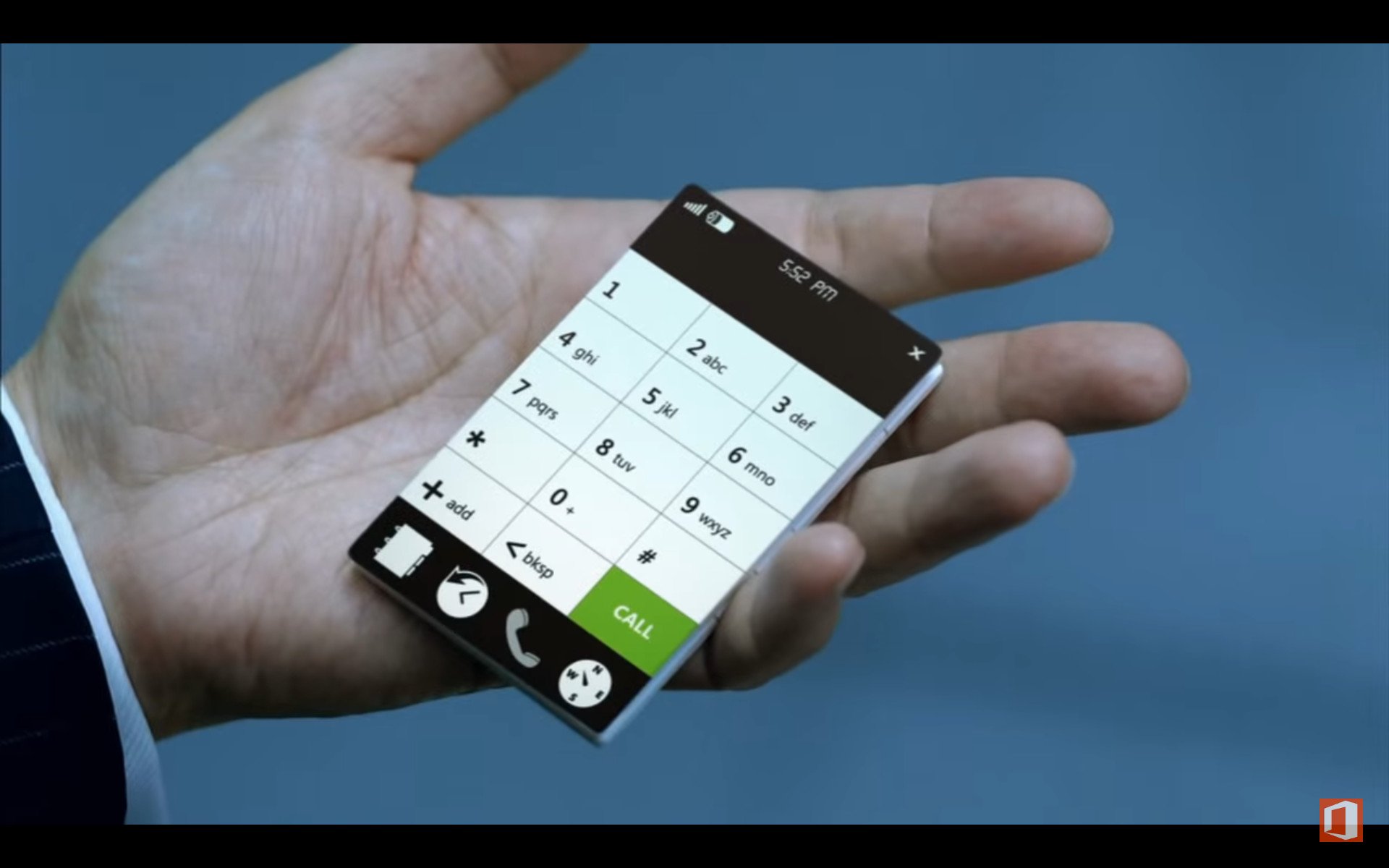
The first images from the 2009 video reveals a handheld personal computing device (2:14 mark) that can be unfolded to provide additional screen real estate.
An ultramobile Surface may have a foldable/detachable form-factor.
Some fans find this concept desirable.
The video further reveals the device as modular, in that it can be separated into two distinct functional components.
This form-shifting is consistent with the theme of the Surface line.
Another take
The images from the 2015 video reveal a traditional single-component device. Its flexible "digital paper" composition is all but traditional, however.
The video shows this device (1:18 mark) being used for document editing/creation and video calling while being interacted with via touch and a surface-pen like peripheral for digital inking.
An ultra-mobile Surface may have an inking focus.
Consider this: Panos Panay, the man responsible for the coming ultra-mobile Surface keeps his Surface Mini by his bedside and uses it as a digital notepad.
That's a point worth noting as we consider these images, Microsoft's investments and what may be coming.
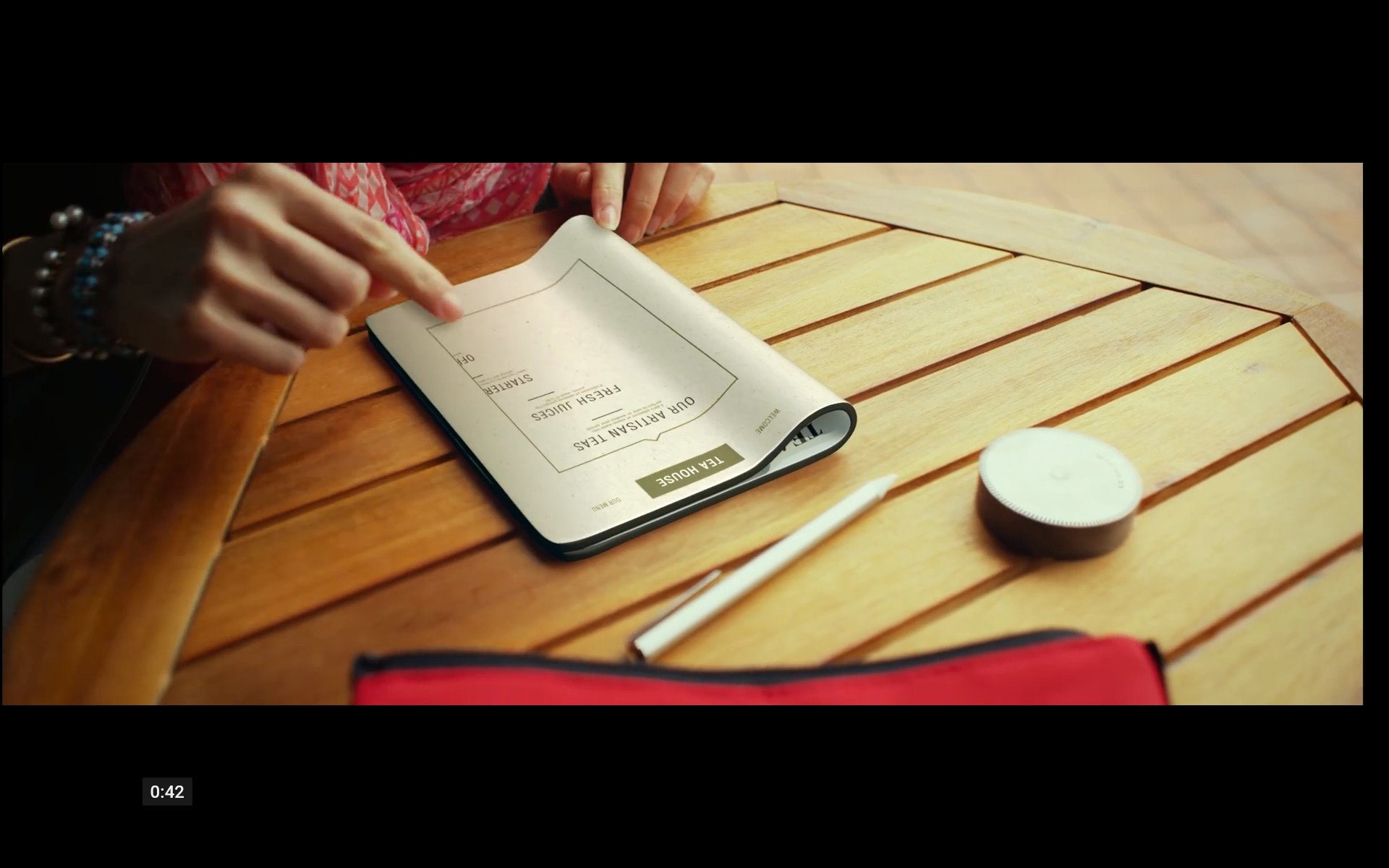
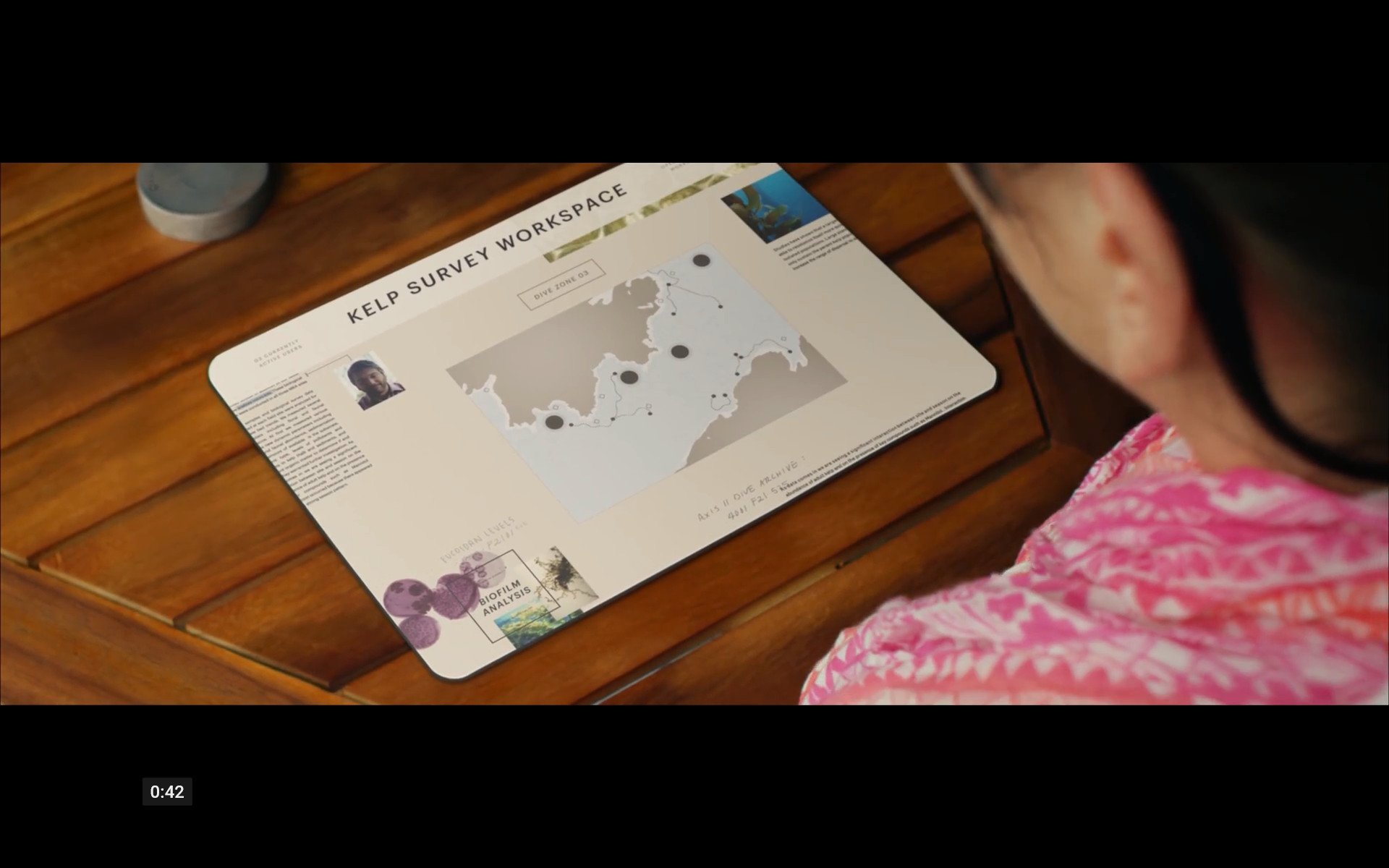
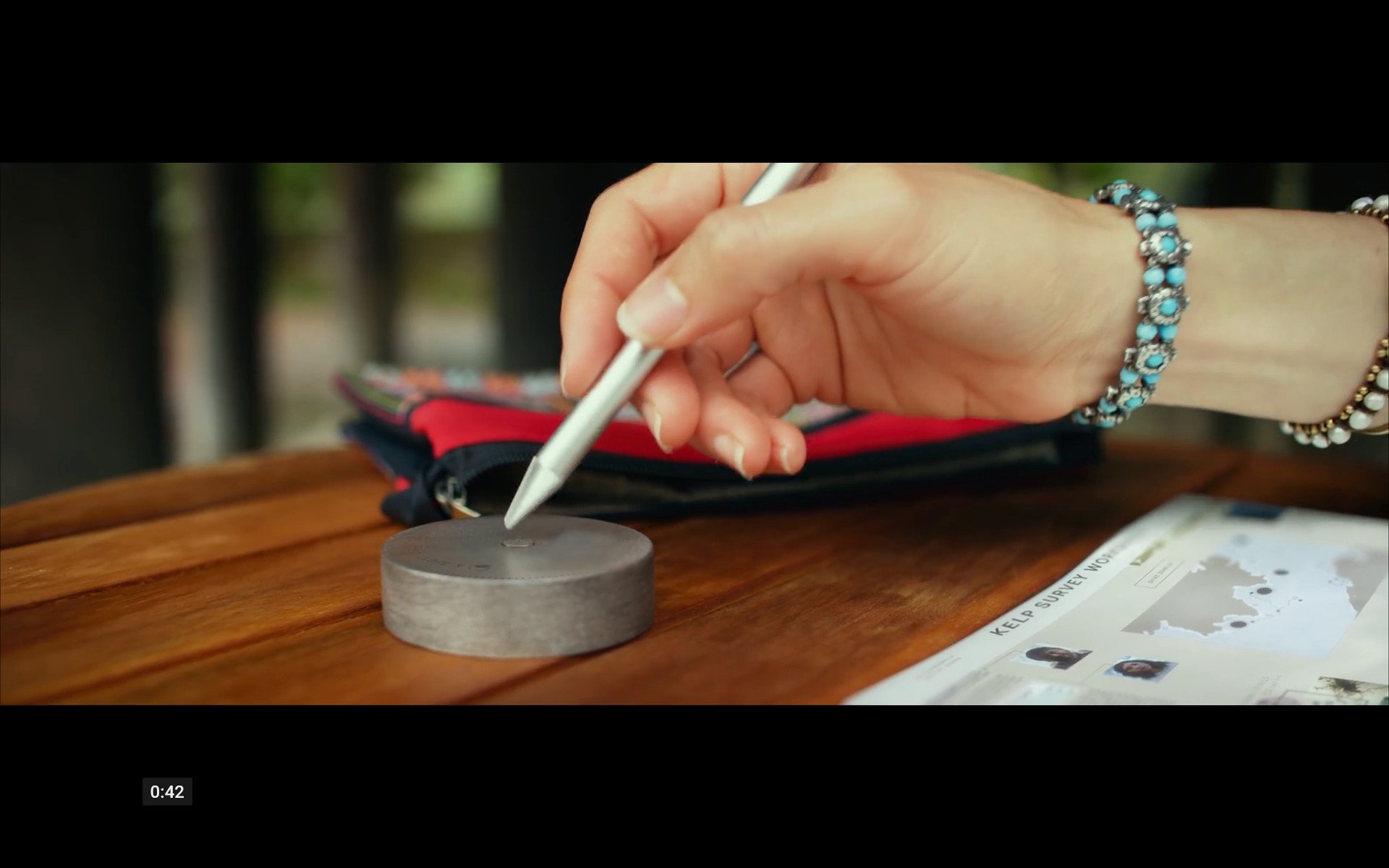

Though the paper-like medium is obviously more technologically advanced than the industry is ready for, the concept of a larger-than-smartphone-but-smaller-than-a-typical-tablet" PC with an inking and touch focus, capable of cellular connectivity is well within the scope of Microsoft's goals. Might we see a 7" (or more) ultra-mobile Surface PC that includes a pen and headphones(or wireless ear buds)? Some may not want a phone that big, but many may want a telephony- and Continuum-enabled, form-shifting "tablet" PC that small.
Is a 7" @Microsoft @Surface Mini #Phablet on the Horizon?-The #Tablet That Can Replace Your #SmartPhone http://t.co/mqiXEHAy3y @CortanaLiveIs a 7" @Microsoft @Surface Mini #Phablet on the Horizon?-The #Tablet That Can Replace Your #SmartPhone http://t.co/mqiXEHAy3y @CortanaLive— Jason L Ward (@JLTechWord) January 28, 2015January 28, 2015
If Microsoft is considering a device larger than 6 inches, it will likely be collapsible or foldable for portability — again, that's the kind of advanced tech that's only in laboratories right now. Earbuds/Earphones would also be a likely offered/included peripheral (like the Bluetooth earbuds seen in the videos) to accommodate calls on a device that might be awkward to hold to one's head.
Hard to swallow?
If you find it hard to believe that the concepts above might offer a glimpse at what Microsoft may be considering for an ultra-mobile Surface consider the following:
Real-time translation (2009 video 0:10 mark), Continuum (2011 video 2:24 and 4:10 marks), OS level digital inking (4:29 mark), holographic/3D computing (4:31 mark) computer vision (1:05 mark 2013 video), AR (2015 video 0:01) and large collaborative Surfaces were all concepts that are now reality.
The future rarely feels like the future. As we inch into "tomorrow" the "technology of the future" is slowly assembled into our present daily lives. Consequently, our esteem for "today's" tech invariably pales in comparison to our awe of what still lies ahead. Often the tangible reality of today also makes us skeptical of some of the dreams of tomorrow.
Microsoft has made good on the Surface Hub, Continuum, holographic computing, 3D content creation and other technology the future vision videos present. A collapsable/foldable ultramobile-Surface with a personal computing and inking focus and cellular connectivity may be the next product to become a reality.
Part of a whole
The overarching theme of Microsoft's future vision videos is the mobility of experiences. The focus is never a single device, but digital experiences across a continuum of devices. This vision is also the message that Nadella is consistently communicating as Microsoft's mobile vision.
Microsoft is building a comprehensive ecosystem and family of devices based on a unified platform and cloud computing to facilitate this vision. This ecosystem and platform will only grow more mature with time.
The ultramobile Surface is part of a mobility of experiences vision.
The first ultra-mobile Surface that will launch, likely no sooner than early 2018, will be integrated into this more mature ecosystem. It may not be exactly what we've seen in the videos, but it will certainly be closer than it is today. A category-defining ultra-mobile Surface launching within that context will indeed be beyond the curve – and will most certainly be more than a smartphone.
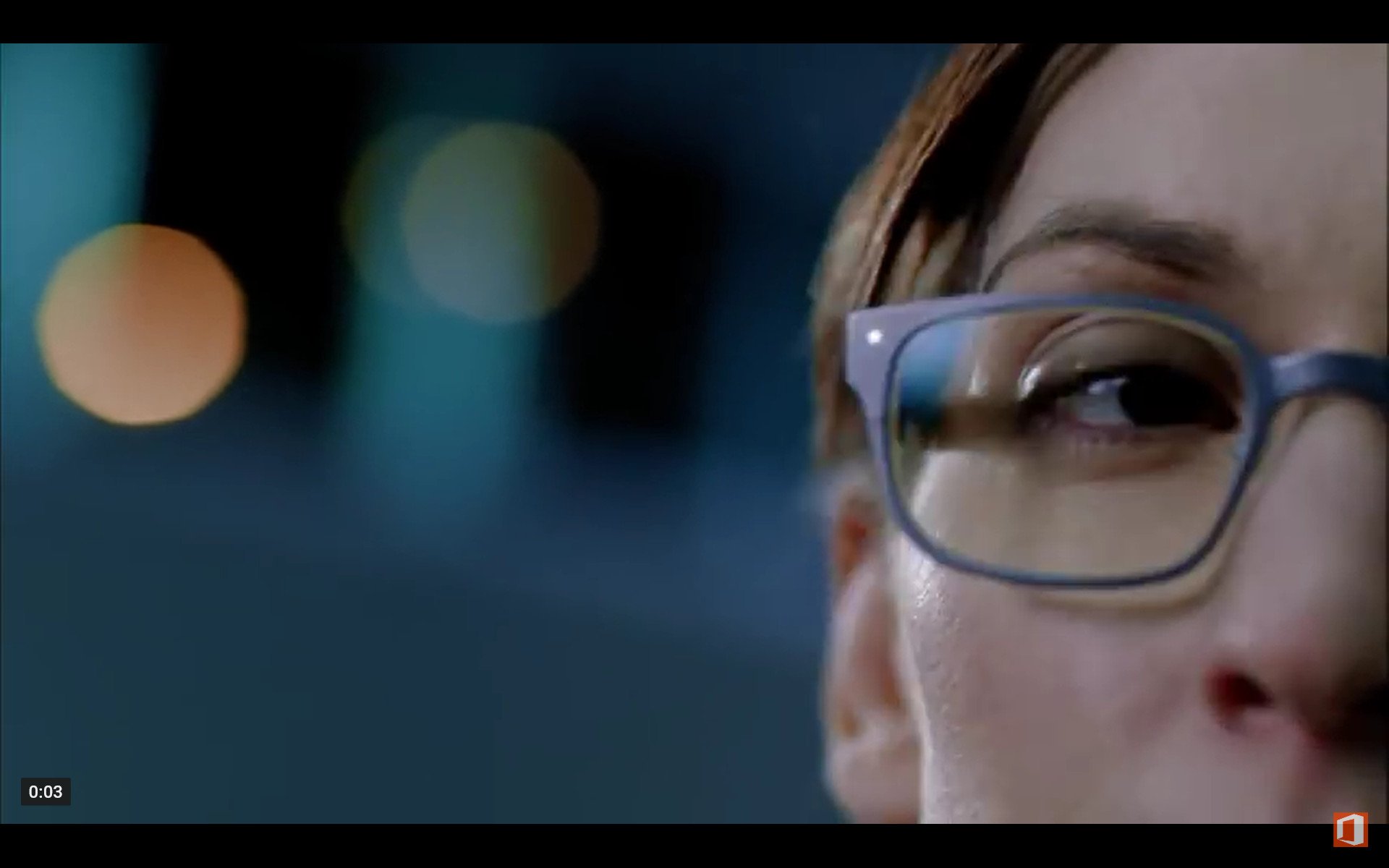
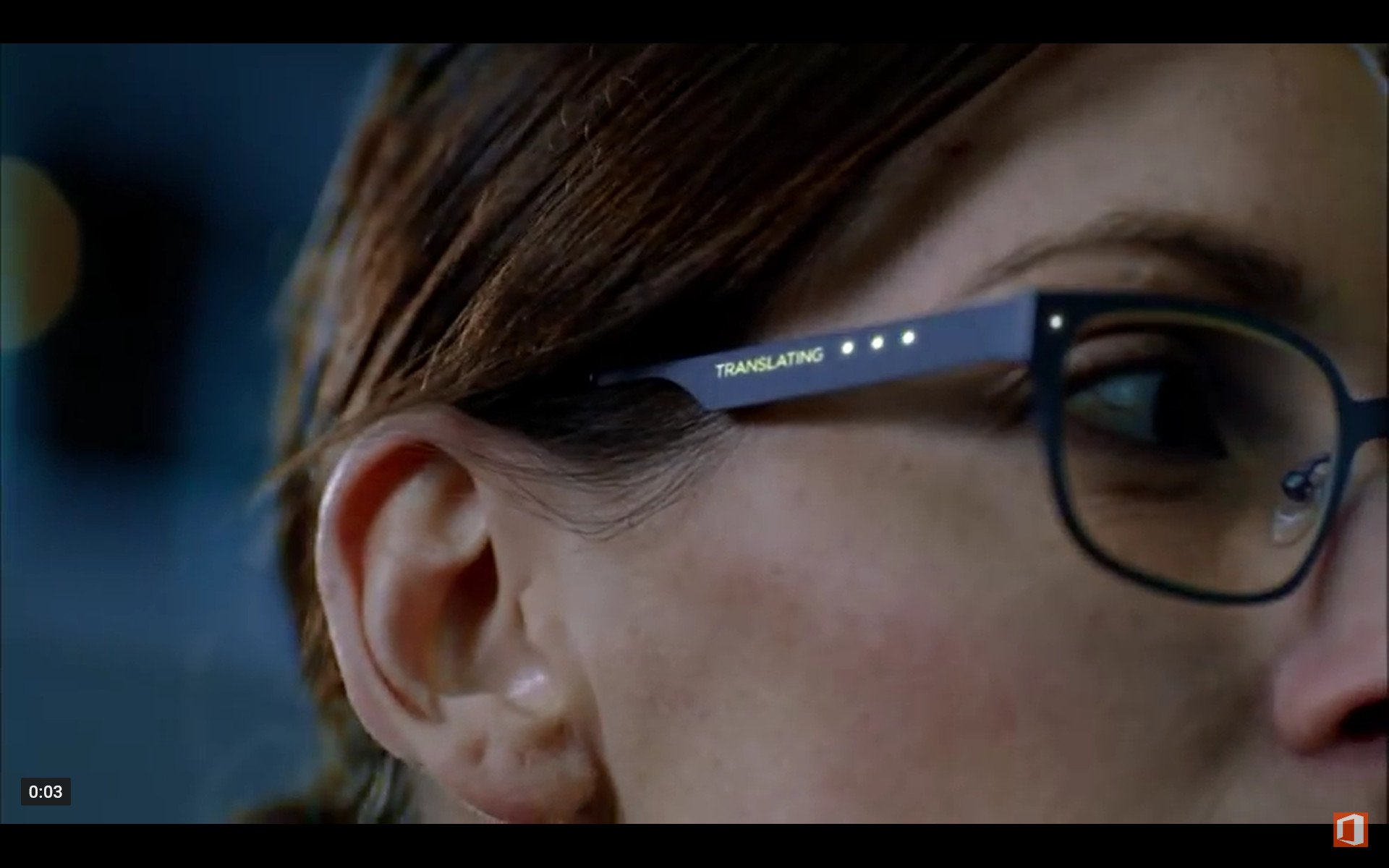
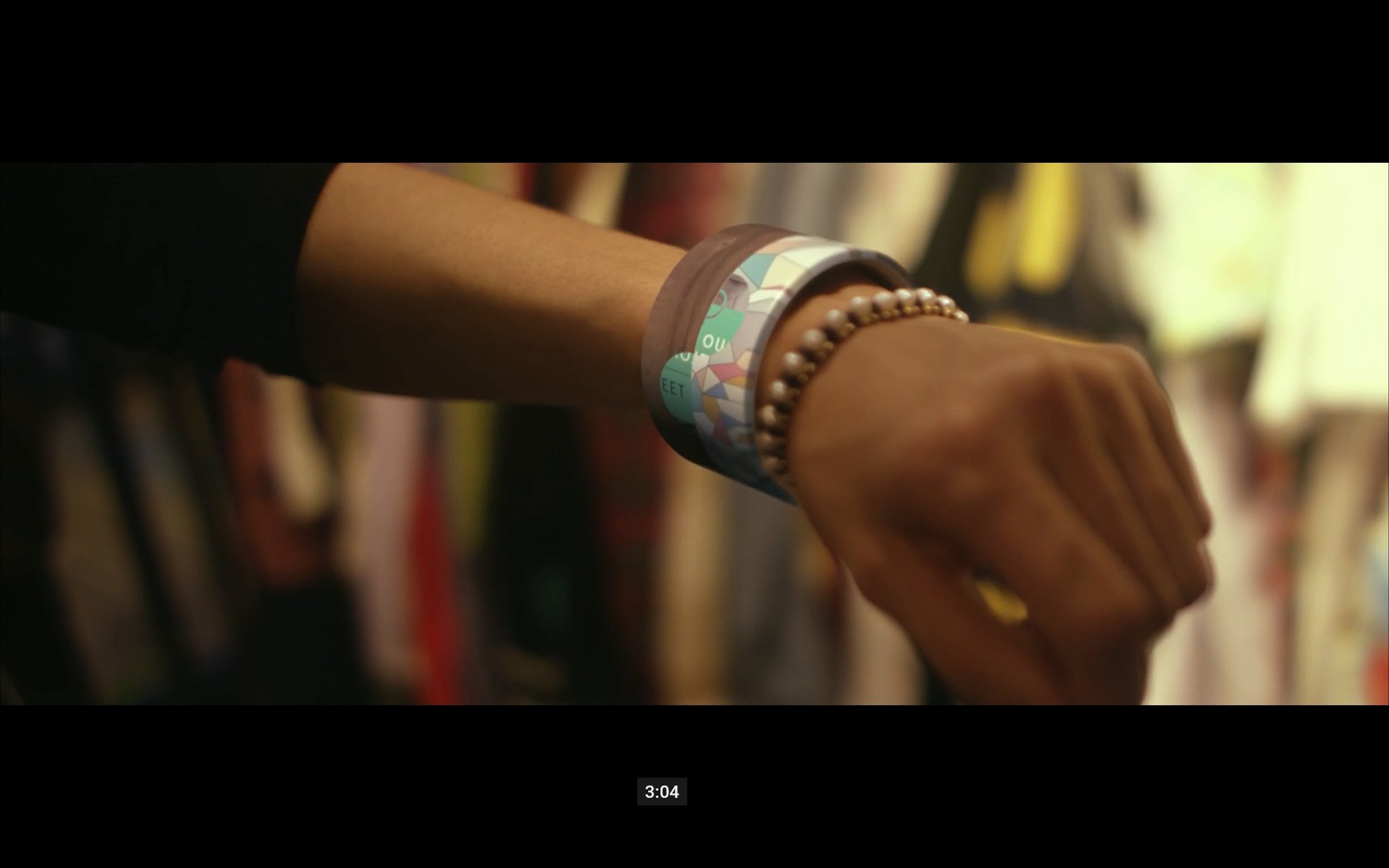
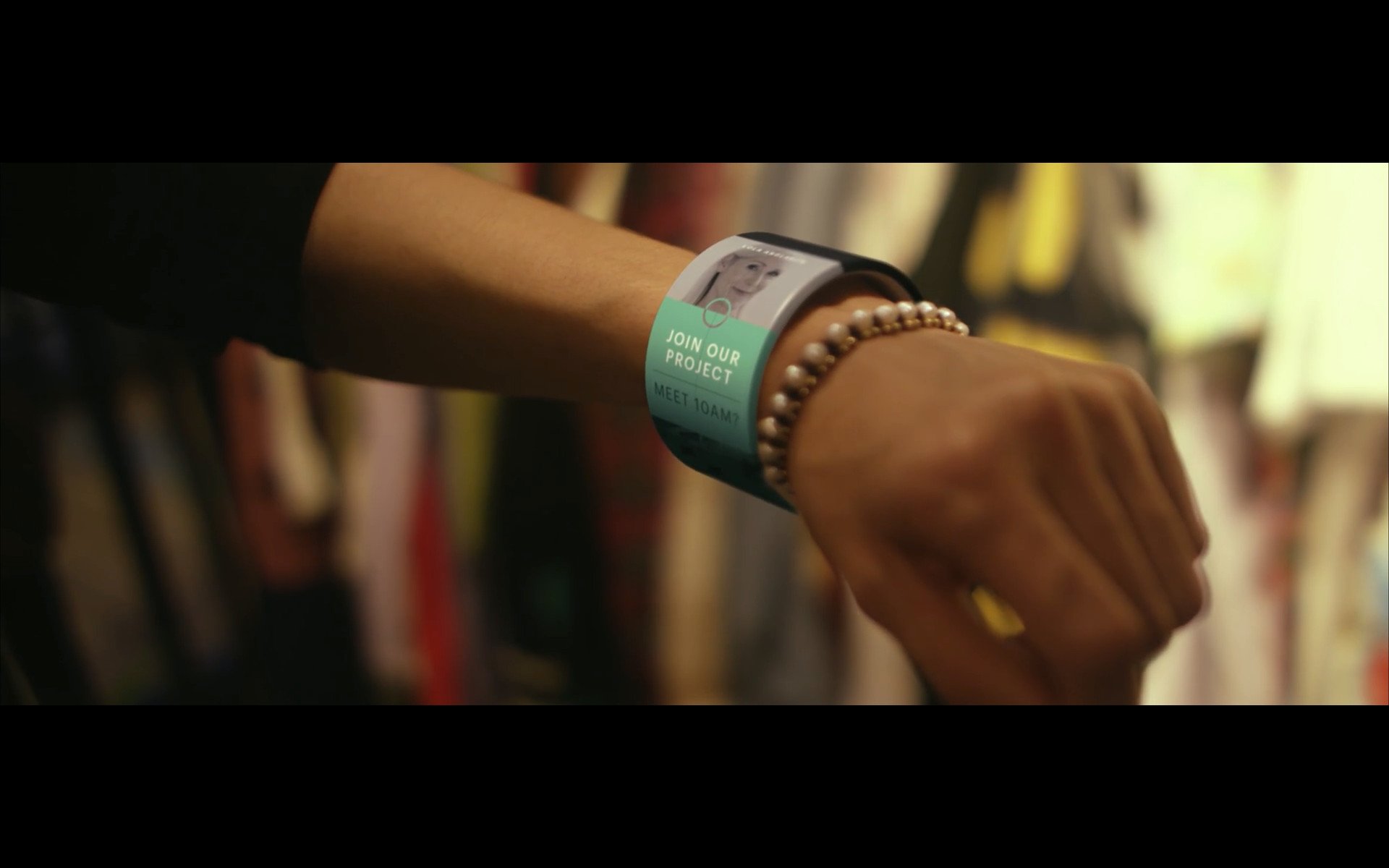
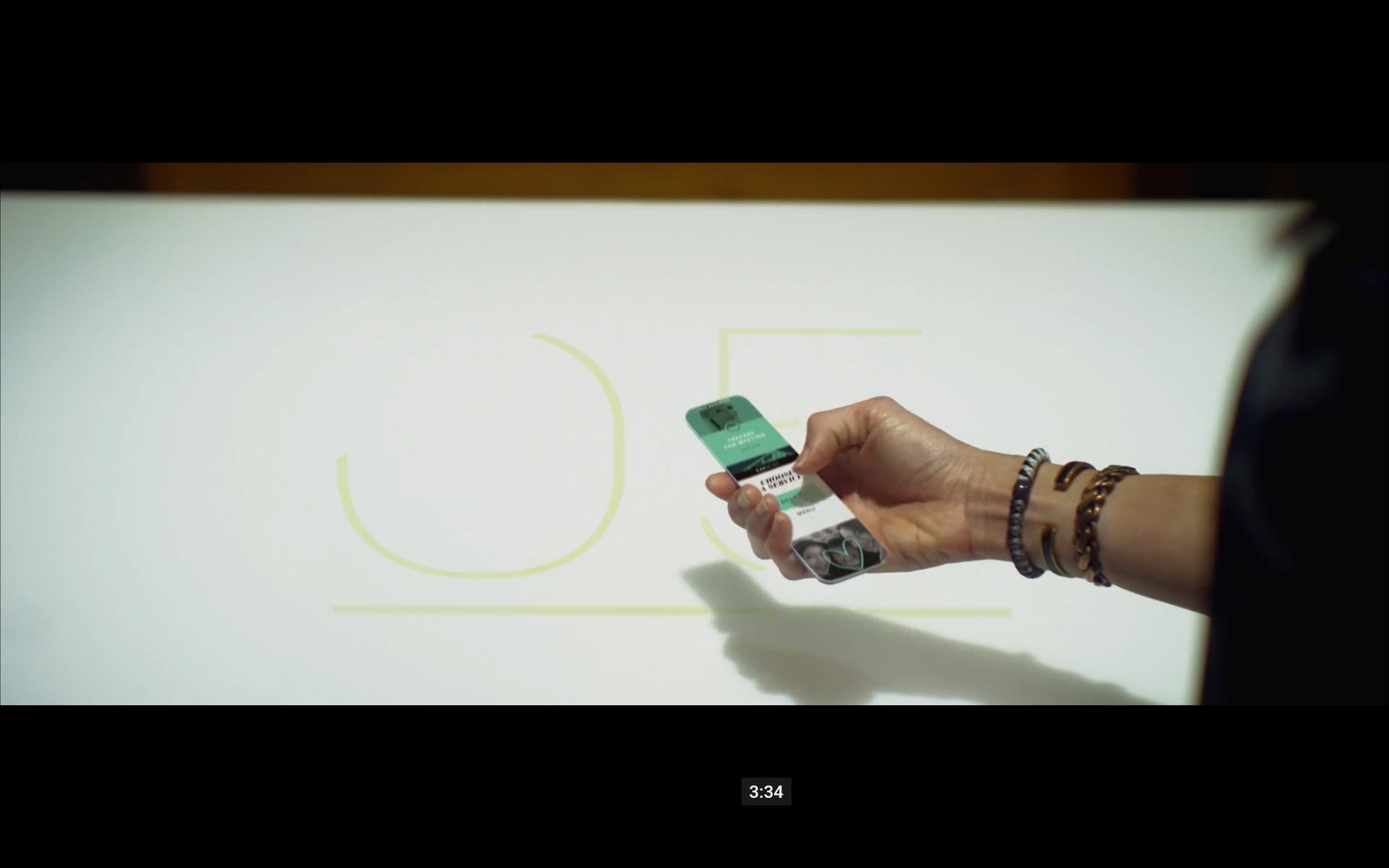
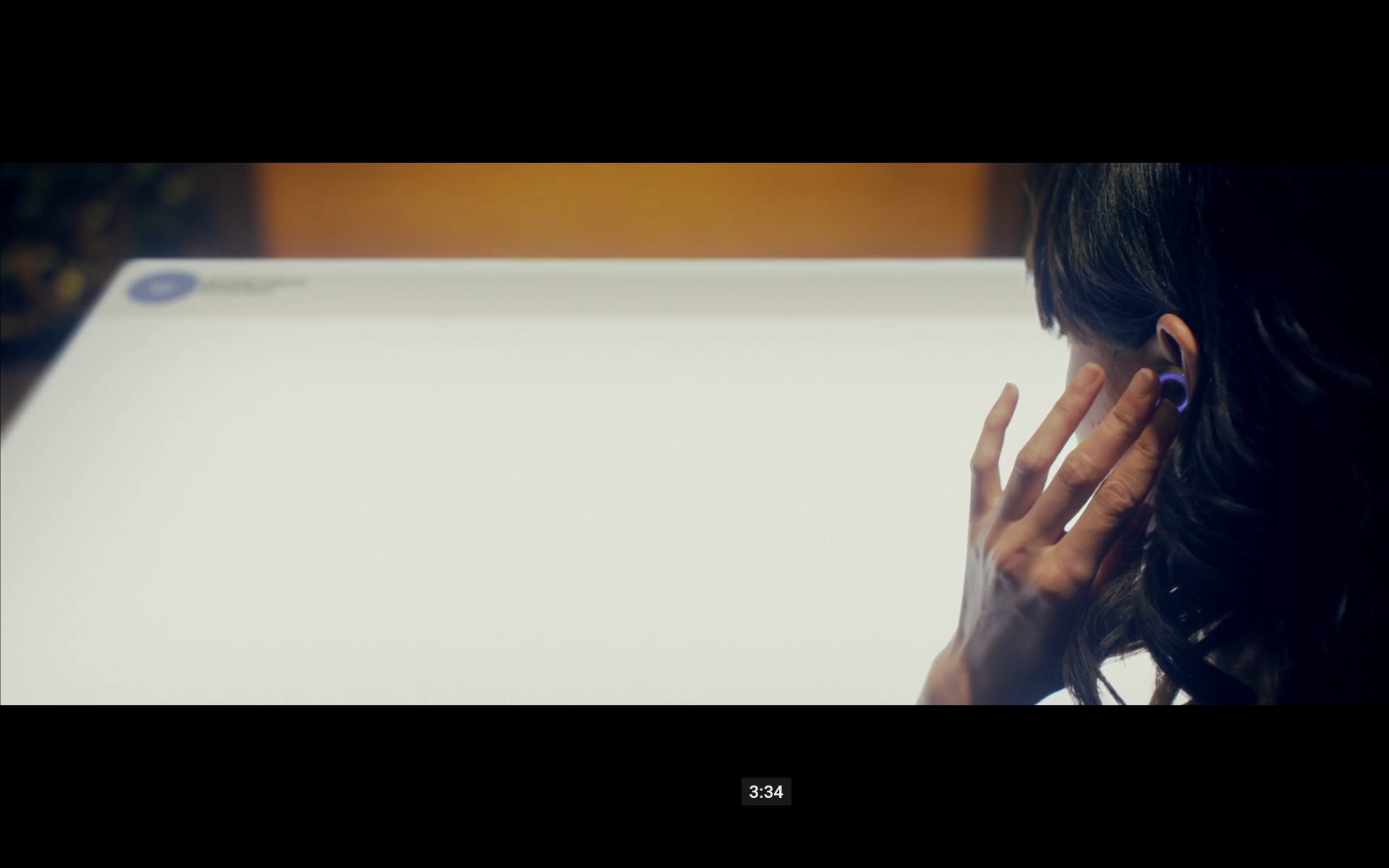
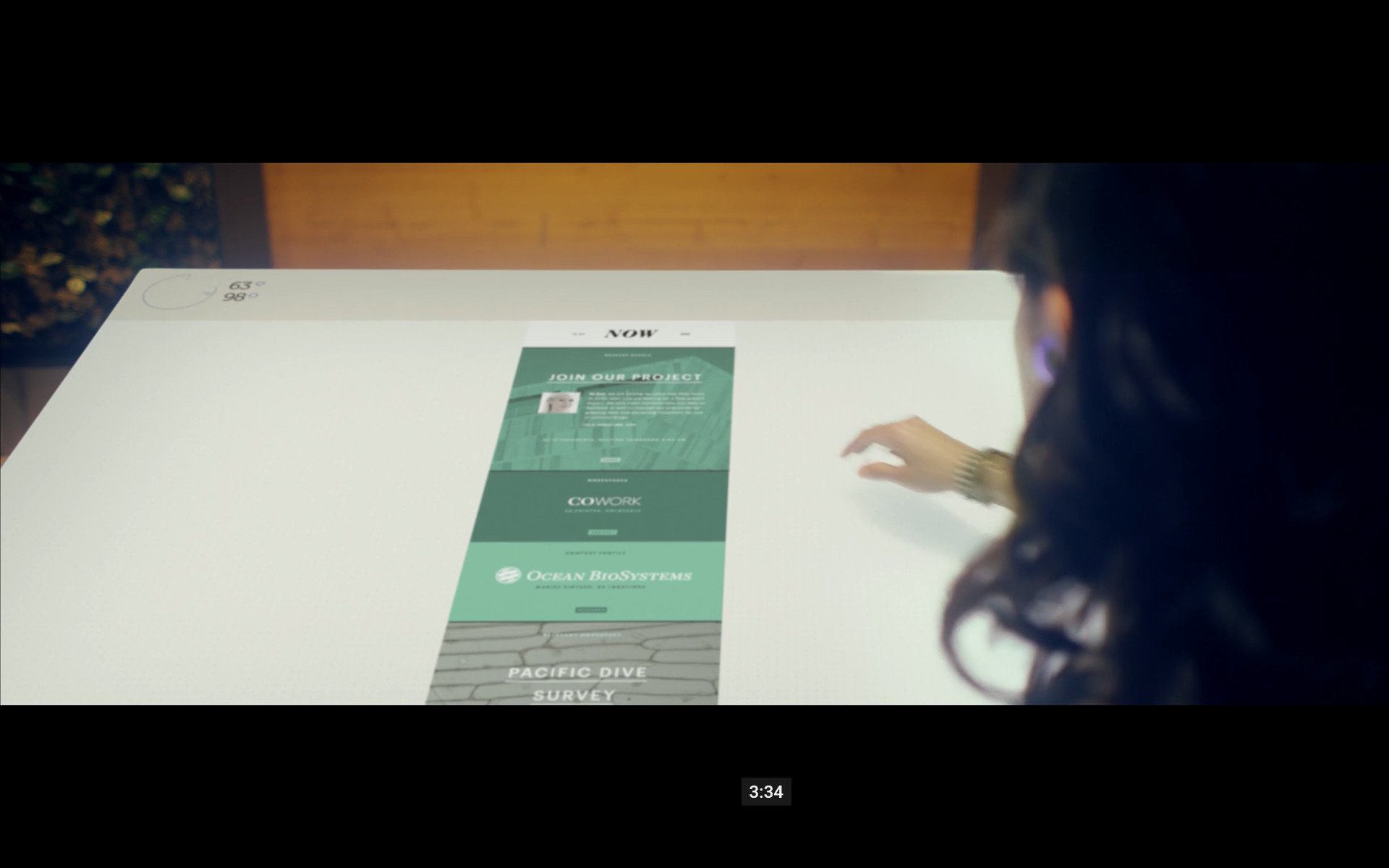
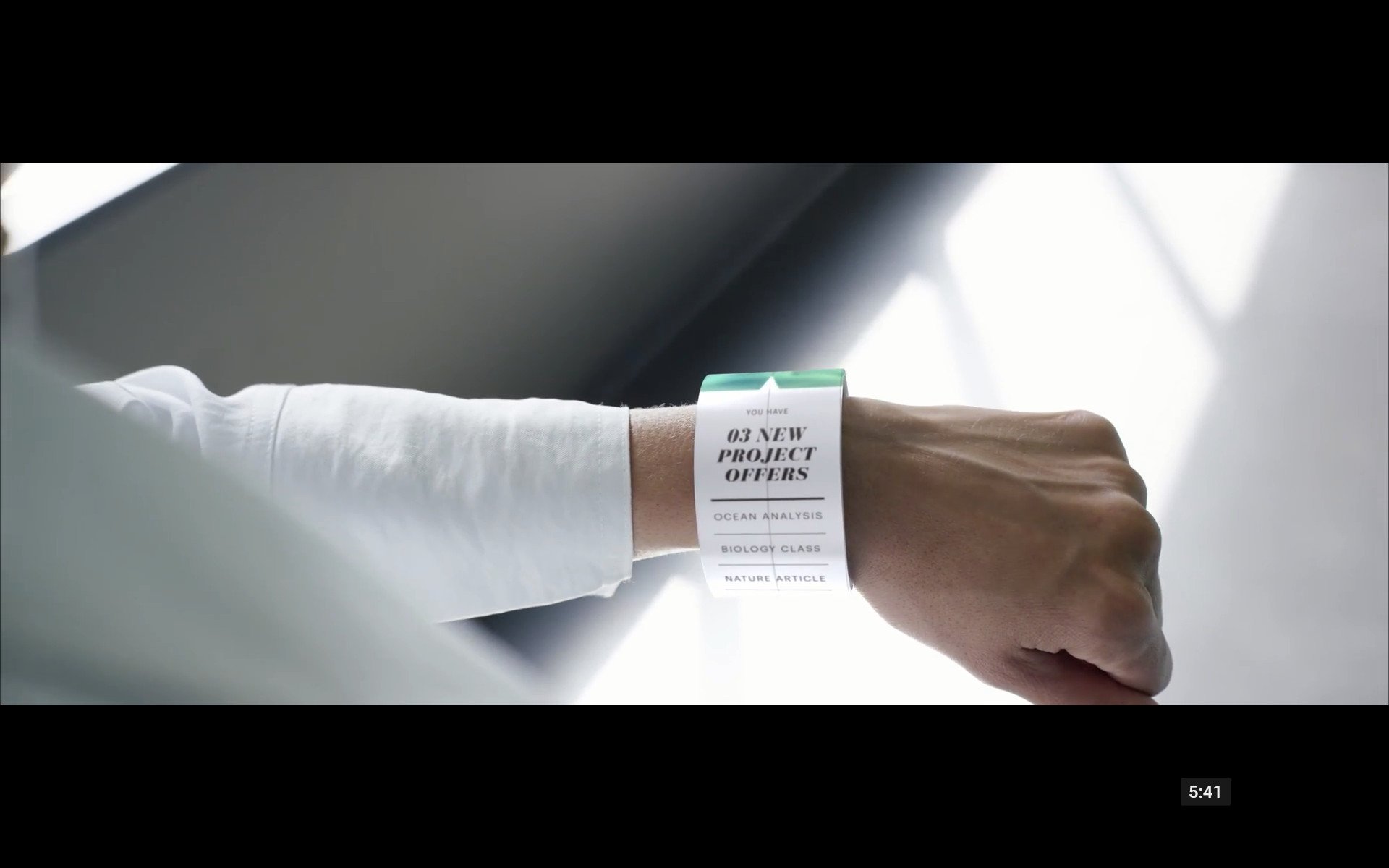
Finally, it will be interesting to see how AR glasses, akin to those in the onset of the 2009 video, and an anticipated wrist-borne wearable (2015 video) will fit alongside this ultra-mobile Surface in this "continuum of devices" vision.
What's your ultra-mobile Surface vision?
Related Reading:

Jason L Ward is a Former Columnist at Windows Central. He provided a unique big picture analysis of the complex world of Microsoft. Jason takes the small clues and gives you an insightful big picture perspective through storytelling that you won't find *anywhere* else. Seriously, this dude thinks outside the box. Follow him on Twitter at @JLTechWord. He's doing the "write" thing!

